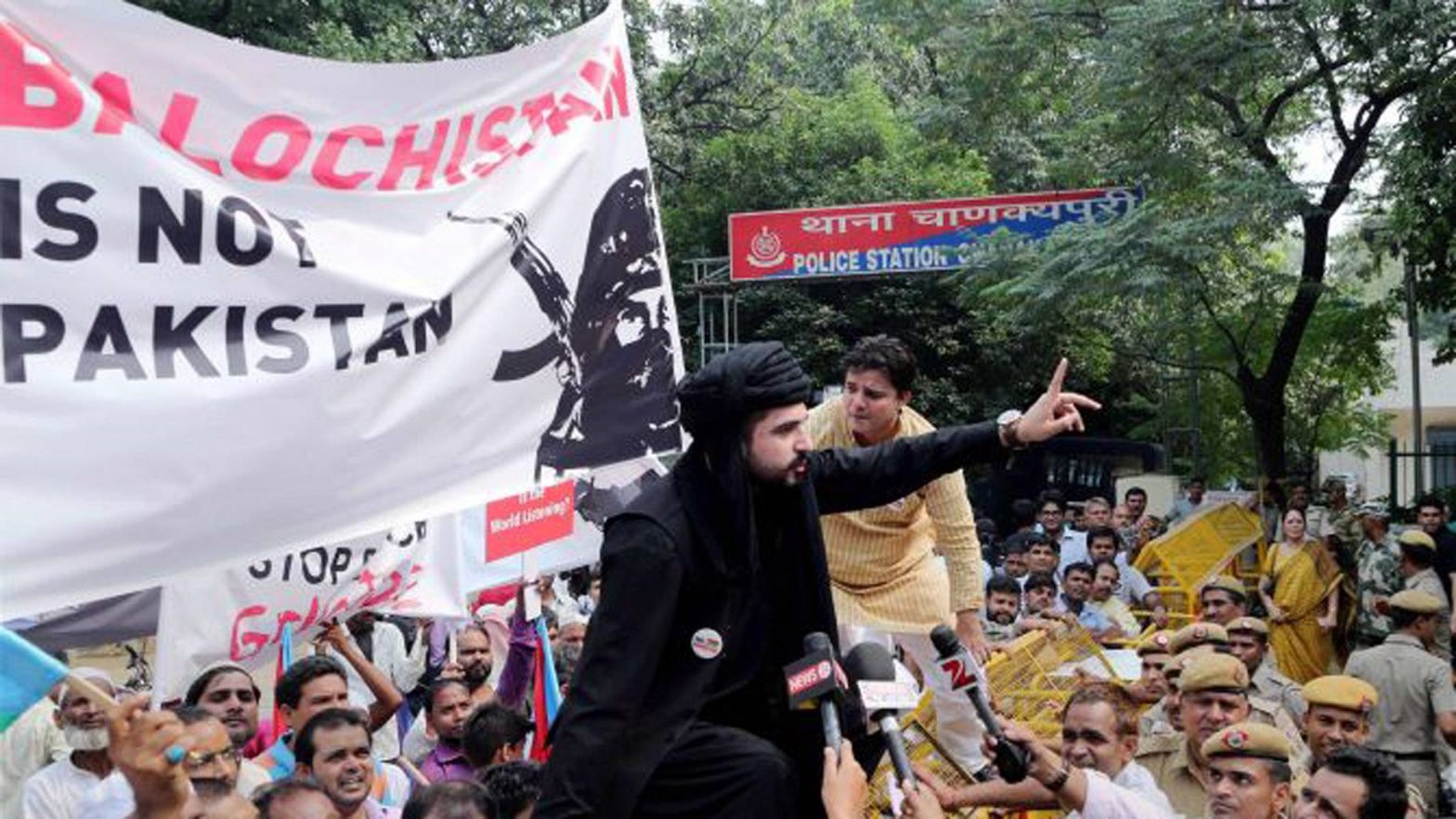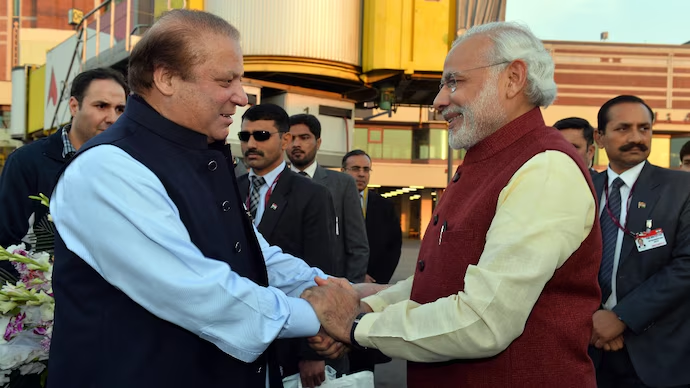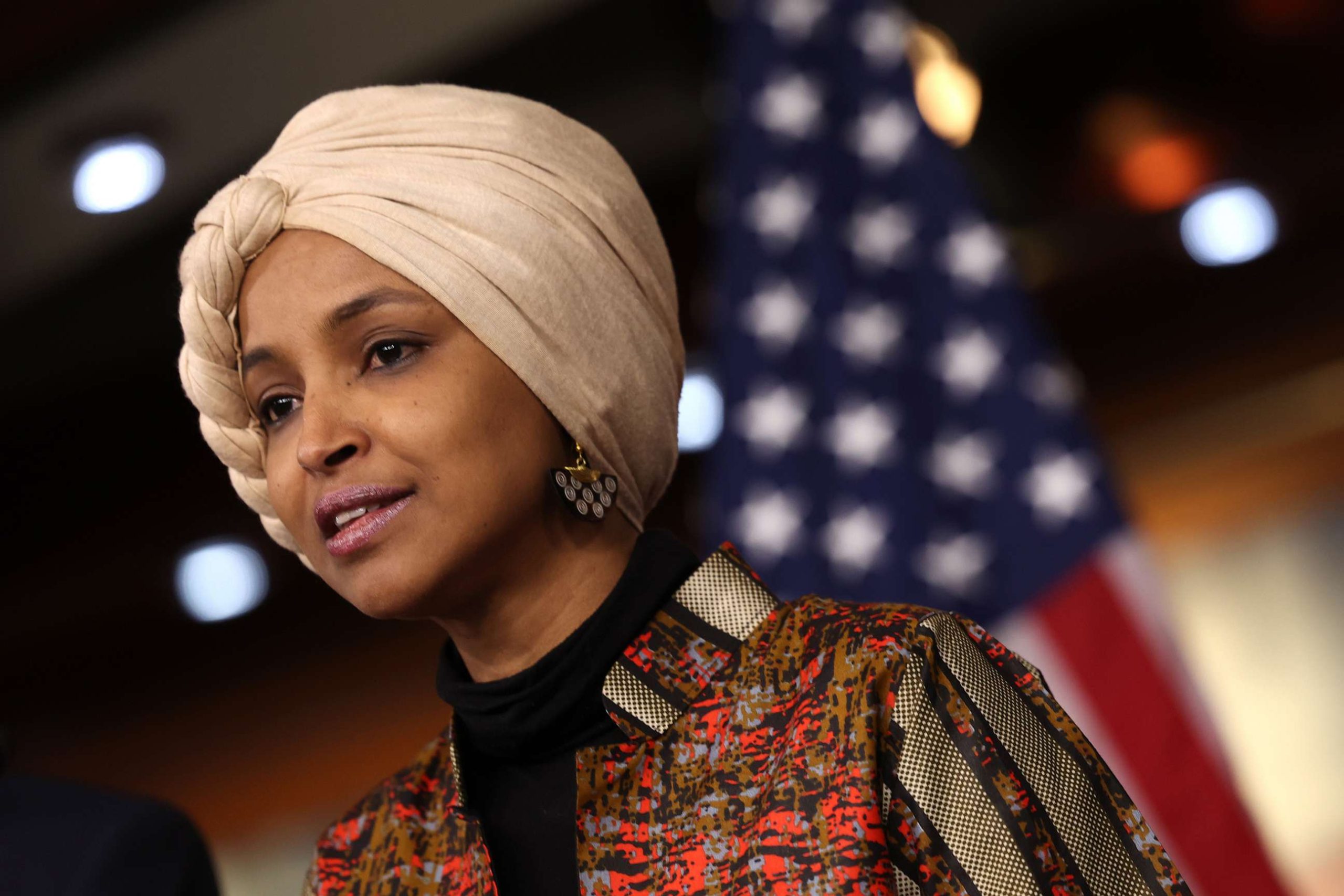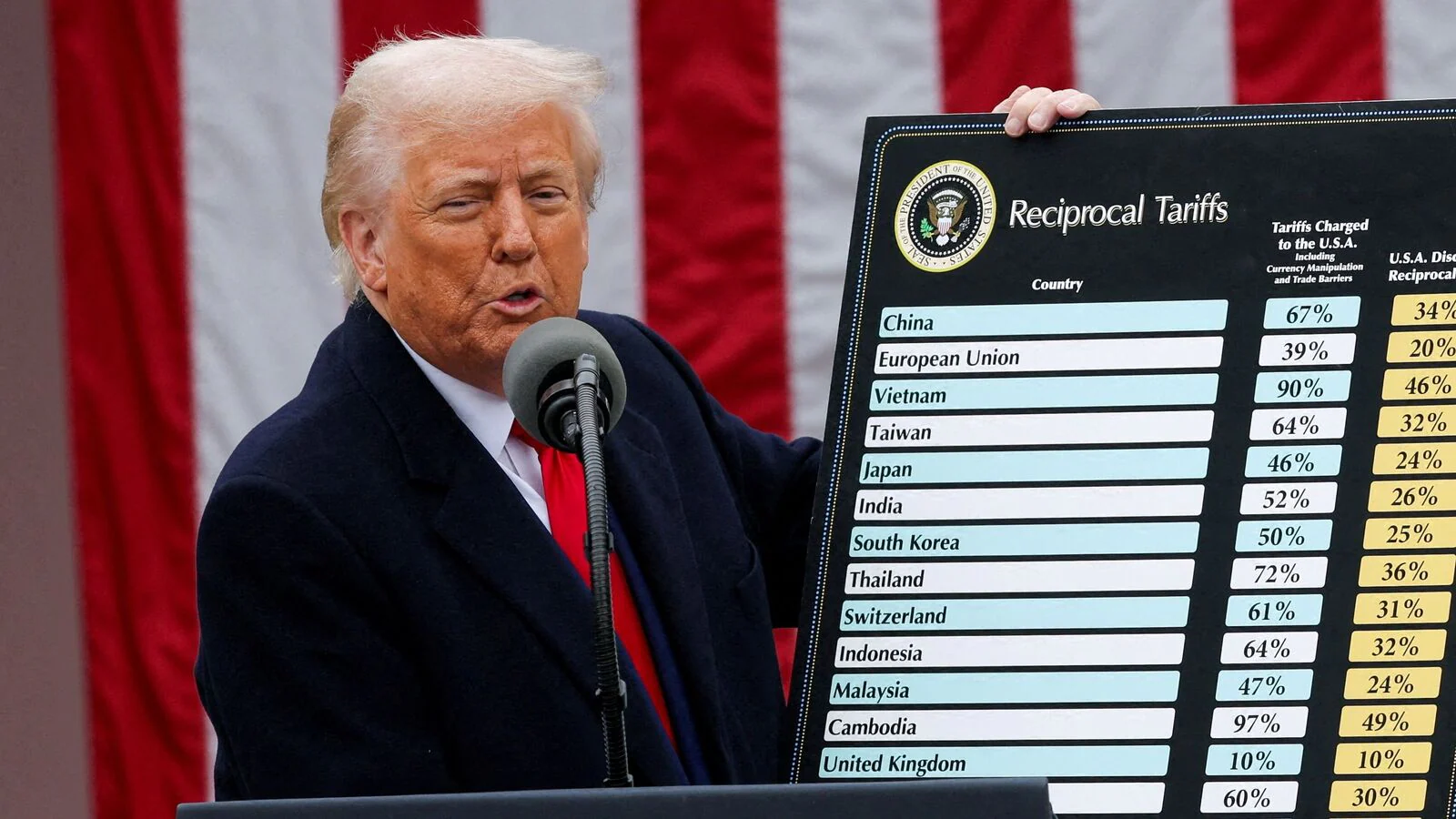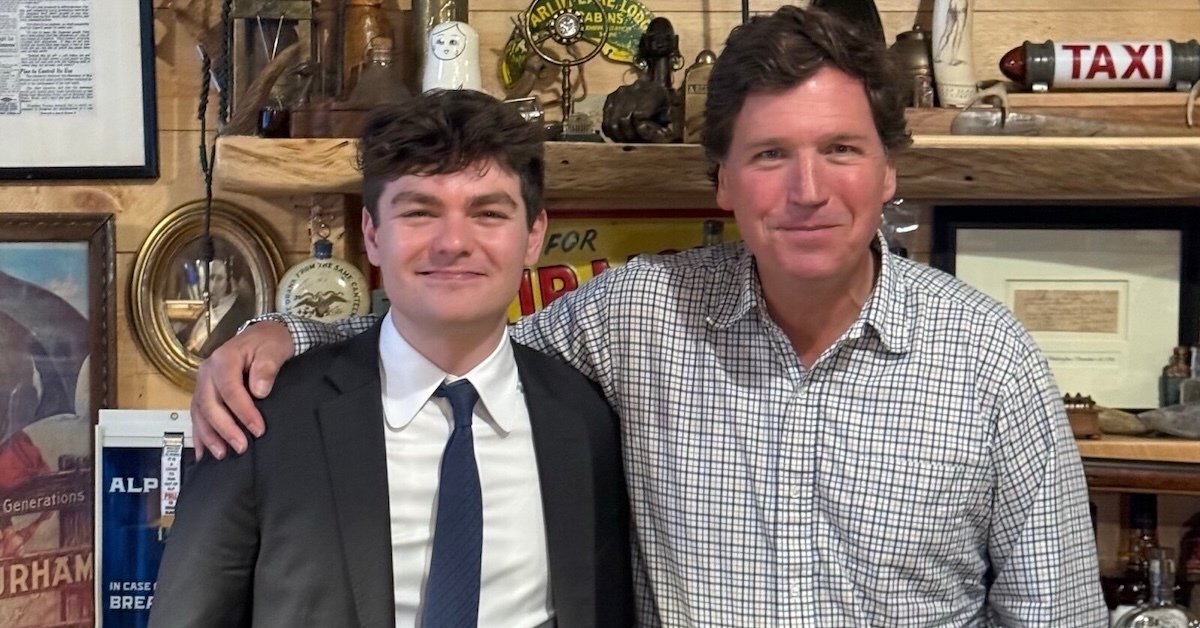Australia, a nation known for its multicultural fabric and relative stability, has not been immune to the global challenge of jihadist extremism. While the scale of jihadist activity in Australia is significantly smaller than in regions like the Middle East, Africa, or parts of Asia, the country has experienced a notable, albeit limited, jihadist threat, particularly since the rise of the Islamic State (IS) in 2014.
Australia’s encounter with jihadist extremism was minimal before the 21st century. In the 1990s, small networks linked to groups like Jemaah Islamiyah (JI), an Indonesian jihadist organisation, operated in cities like Sydney and Melbourne, primarily focusing on fundraising.
These networks, including figures like Belal Khazaal, who produced extremist literature, were limited in scope, with fewer than 50 members nationwide. The 2001 September 11 attacks and the 2002 Bali bombings, which killed 88 Australians, heightened public awareness of jihadist threats and prompted stronger counterterrorism measures.
The most significant shift occurred with the rise of ISIS and its self-proclaimed caliphate in 2014. From 2014 to 2020, Australia experienced a surge in jihadist-related activity, driven by ISIS’s global propaganda and recruitment campaigns. Approximately 500 Australians attempted or succeeded in traveling to Syria and Iraq to join IS or al-Qaeda-affiliated groups like Jabhat al-Nusra, with an estimated 150–255 successfully reaching conflict zones.
At least 20 Australians died fighting abroad, including two suicide bombers. This period also saw nine IS-inspired terrorist attacks within the country, a stark contrast to the pre-2014 era when no jihadist attacks had occurred on Australian soil.
High Profile Jihadist Terror Attack in Australia
Several high-profile incidents underscore Australia’s jihadist challenge:
a) 2014 Endeavour Hills Stabbing: On September 23, 2014, 18-year-old Numan Haider stabbed two counterterrorism officers outside a Melbourne police station after being summoned for questioning about his behaviour. Haider, carrying an ISIS flag, was shot dead by police. The incident highlighted the risk of lone-wolf attacks inspired by IS propaganda.
b) 2014 Sydney Lindt Café Siege: On December 15, 2014, Man Haron Monis, a self-styled preacher, took 17 hostages in a Sydney café, forcing them to display a jihadist flag. The 16-hour siege ended with Monis’s death and two hostages killed. While Monis’s motives were complex, ISIS later claimed him as a “righteous jihadist,” reflecting their strategy of endorsing lone-actor violence.
c) 2015 Parramatta Shooting: On October 2, 2015, a 15-year-old Iranian-born youth shot and killed Curtis Cheng, a New South Wales police worker, outside Parramatta police headquarters. The attacker, influenced by extremist literature from the Bukhari House Islamic Bookshop, was killed by police. The attack was deemed politically motivated and linked to jihadist ideology.
d) 2015 Anzac Day Plot: A Melbourne-based plot, disrupted by authorities, aimed to attack police or military personnel during Anzac Day commemorations. Neil Prakash, a prominent Australian IS recruiter, was allegedly involved in directing the plot from Syria.
e) Disrupted Plots: Between 2014 and 2020, authorities foiled up to 16 jihadist plots, including a 2015 Melbourne teenager’s plan to detonate homemade bombs. The Australian Border Force Counter-Terrorism Unit cancelled over 100 passports by March 2015 to prevent citizens from joining foreign conflicts.
The nature of Australian Jihadist Networks
Australian jihadist networks are diverse, including individuals of Lebanese, Afghan, Turkish, Somali, and Anglo backgrounds. While earlier networks were tied to JI or al-Qaeda, newer ones formed in Melbourne, Sydney, and Brisbane, driven by IS’s global appeal and outrage over the Syrian conflict. Bookshops like Al-Furqan, Al-Risalah, and Bukhari House have been linked to radicalisation, though some have since closed.
A Melbourne convert from Buddhism, Prakash became Australia’s most prominent ISIS figure, appearing in propaganda videos and recruiting for attacks like the 2015 Anzac Day plot. Initially thought killed in a 2016 U.S. airstrike, he was later arrested in Turkey and faces potential extradition. An influential Australian Islamist preacher, Cerantonio inspired foreign fighters through social media and his “Ask the Sheikh” program. He renounced ISIS and Islam in 2021 while in prison, citing theological doubts, and has since worked to deprogram other jihadists.
His case highlights the potential for deradicalisation but also the challenge of replicating it. Khaled Sharrouf and Mohamed Elomar were both involved in earlier plots like the 2005 Operation Pendennis. They joined ISIS in Syria, engaging in high-profile atrocities and their networks, rooted in Sydney’s Lebanese community, underscore the role of familial and ethnic ties in radicalisation.
The factors that fuelled Jihadist activity in Australia
Several factors have fueled jihadist activity in Australia. ISIS’s sophisticated use of social media has targeted vulnerable youth, including minors, for recruitment and inspiration of local attacks. Platforms like X have been used to spread propaganda, though monitoring has increased. Australia’s contribution of 150–255 fighters to Syria/Iraq, with around 20 returnees, poses a risk of “battle-hardened” individuals planning domestic attacks. The government’s cancellation of passports and prosecution policies aim to mitigate this.
Muslimphobia or anti-Muslim bigotry (not the Muslim Brotherhood engineered term Islamophobia – which is used to shut down debate and internal criticism), surged after events like the 2001 September 11 attacks, 2005 Bali bombings, and 2019 Christchurch massacre. This has alienated some Muslim youth, making them susceptible to extremist narratives. Reports indicate a 2.5-fold increase in Islamophobic incidents from 2023–2024, with 309 in-person and 366 online cases, often targeting Muslim women.
This marginalisation can fuel a sense of disenfranchisement, exploited by jihadist recruiters. Australia’s Muslim population (3.2%, or about 813,000 people) is diverse, with significant Lebanese, Turkish, and South Asian communities. While the vast majority reject extremism, small pockets in urban areas like Sydney and Melbourne have been vulnerable to radicalisation, often in mosques, bookshops, or online forums.
The success of Australian counterterrorism efforts
Australia has implemented robust counterterrorism measures since 2014. The 2014 Counter-Terrorism Legislation Amendment (Foreign Fighters) Act allows passport suspensions, criminalises entering declared conflict zones, and penalises advocating terrorism. Over 45 passports were cancelled in 2014 alone.
The Australian Security Intelligence Organisation (ASIO) has raised the terrorism threat level to “high” at times, reflecting the perceived risk. ASIO and the Australian Federal Police have disrupted numerous plots, arresting over 500 suspected jihadists since 2014. High-profile operations like the 2015 Anzac Day plot takedown demonstrate proactive intelligence work.
Since the territorial collapse of ISIS in 2019, jihadist activity in the country has declined significantly, with no major attacks reported after 2020. However, the threat persists. The decentralised nature of IS-inspired attacks, often by individuals with no direct contact with the group, makes prevention difficult.
ISIS continues to exploit social media, including platforms like X, to inspire attacks, as seen in threats following the 2024 Wakeley church and Bondi stabbings. The 20+ returnees from Syria/Iraq are monitored, but their experience poses a latent threat.
References
https://extremism.gwu.edu/australia-and-islamic-state-terrorism-and-extremism



